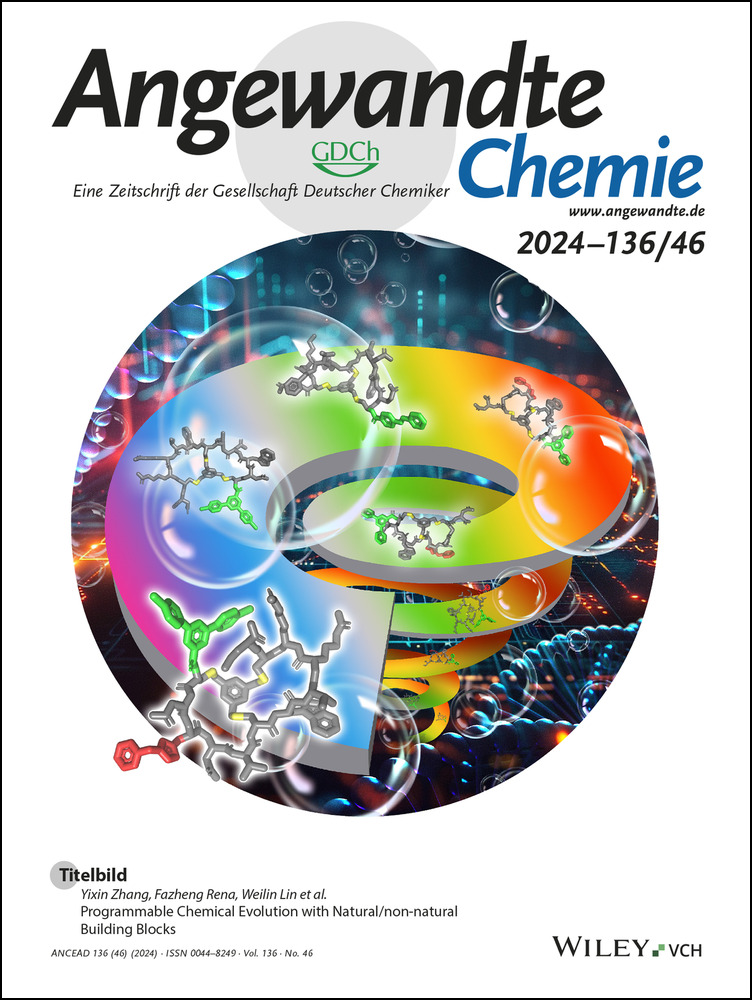Hofmann Clathrates: A “Blue Box” Approach to Modulate Spin-Crossover Properties
Abstract
Hofmann coordination polymers (CPs) with cationic ligands provide an innovative strategy for recognizing π-electron-rich aromatic molecules – similar to the “little blue box”. In this study, we demonstrate that hydroquinone molecules can be incorporated into these coordination polymers when redox-active bipyridinium derivatives are used as axial ligands. The insertion leads to a significant structural modification, resulting in a shift of the spin transition by 150 K and an approximate 23 % increase in volume, caused by the strong donor-acceptor π-π stacking interaction formed between the ligands and the guest molecule. These findings have been confirmed through temperature-dependent single crystal X-ray diffraction, magnetic measurements and optical reflectivity measurements.
Open Research
Data Availability Statement
The X-ray crystallographic data for samples 1 a (at 150, 200, 250 and 300 K) and 2 a (at 200, 330, 360, 370 and 400 K) have been deposited at the Cambridge Crystallographic Data Center (CCDC), under deposition numbers 2366539–2366542 for 1 a and 2366533–2366537 for 2 a. These data can be obtained free of charge from The Cambridge Crystallographic Data Center via https://www.ccdc.cam.ac.uk/structures/. We declare that the data supporting the findings of this study are available within the article and its Supporting Information files. All relevant source data are also available from the corresponding author upon request.




